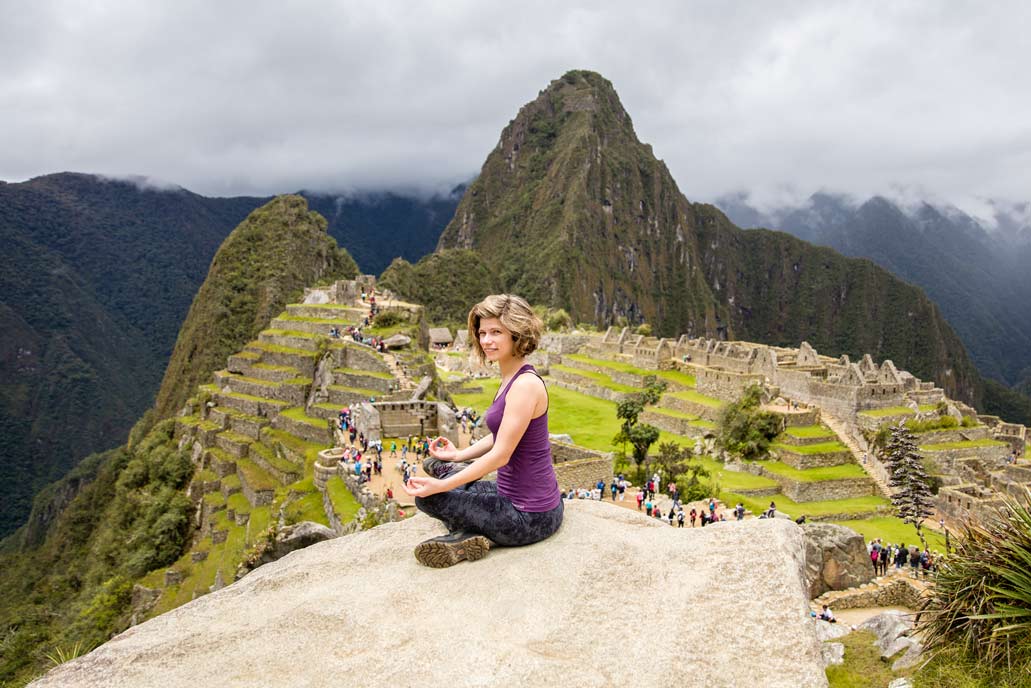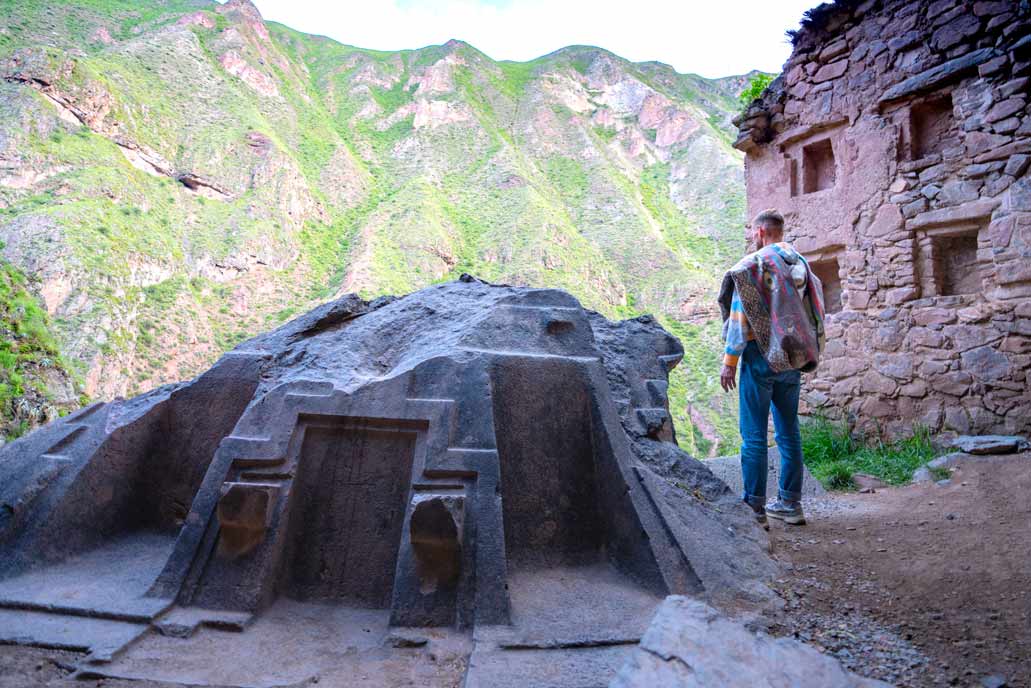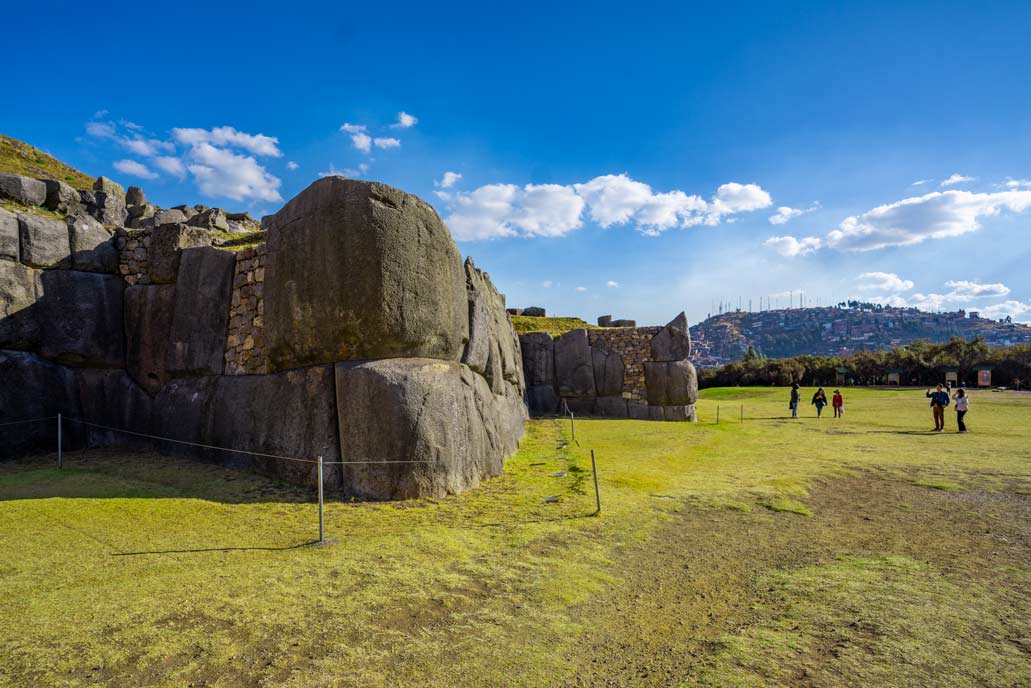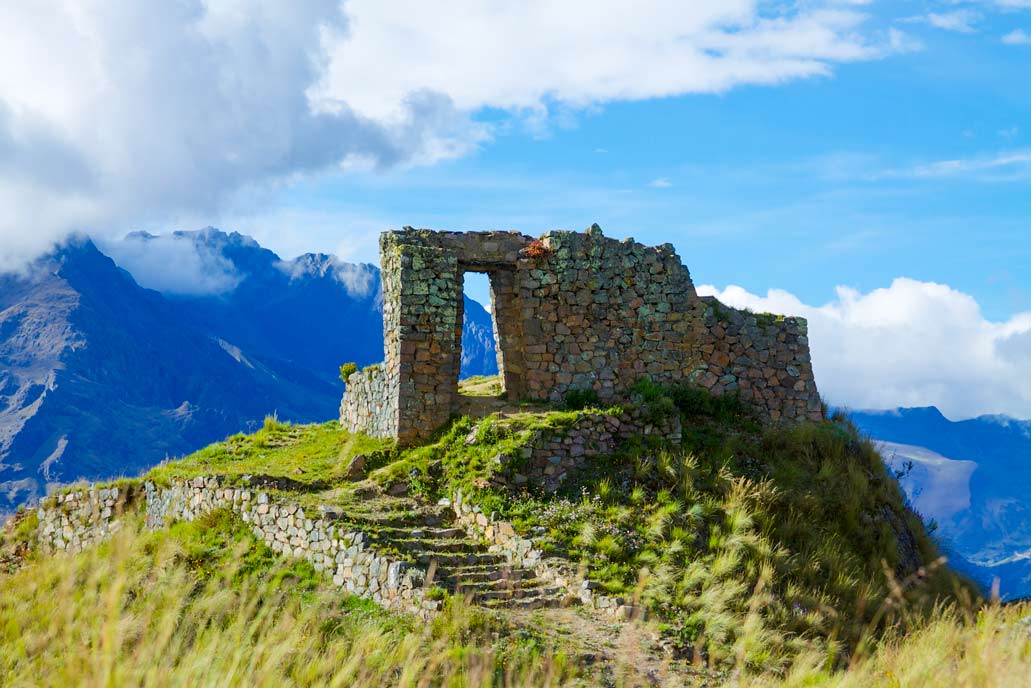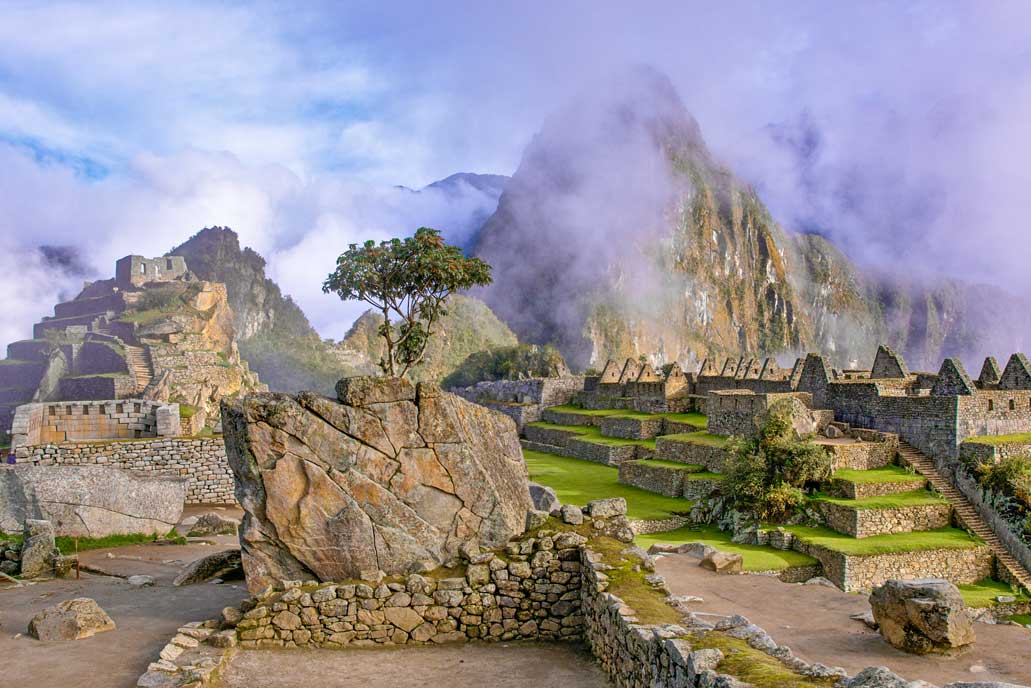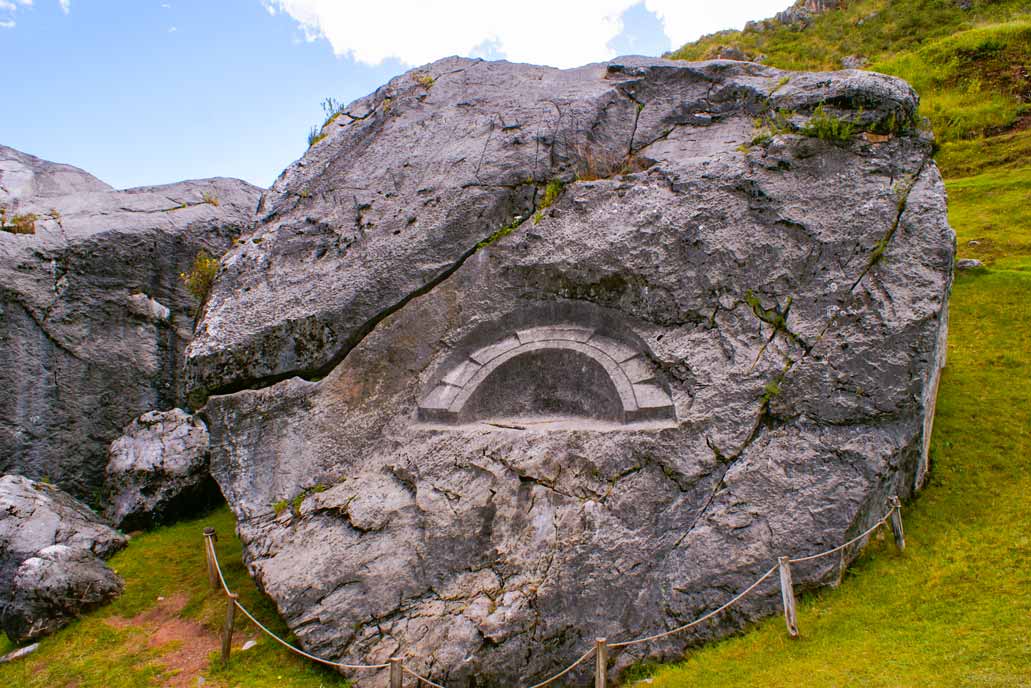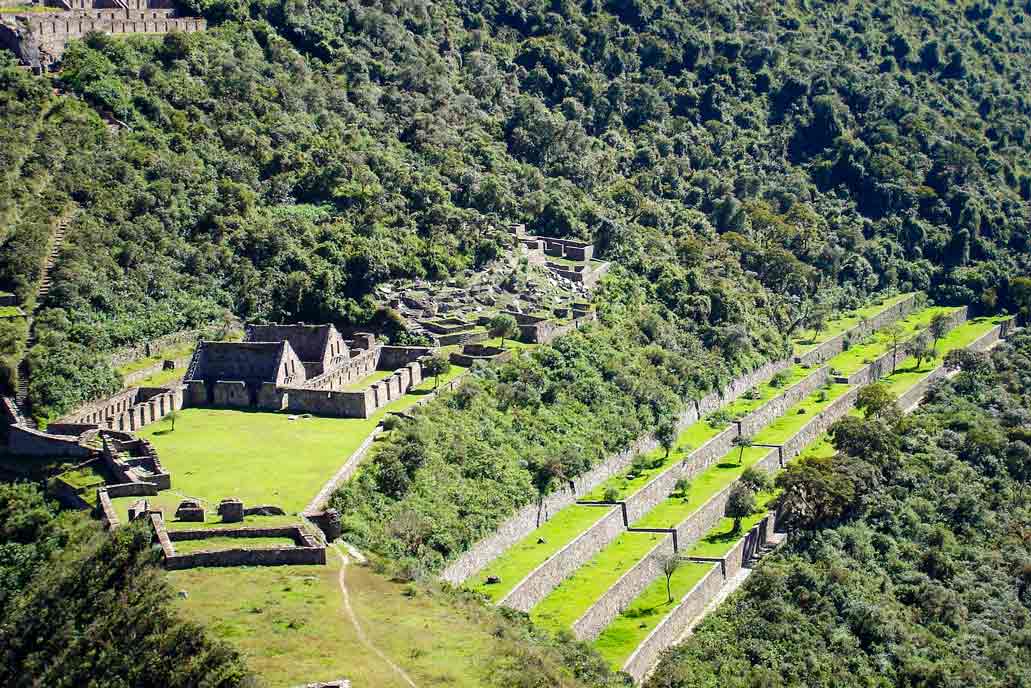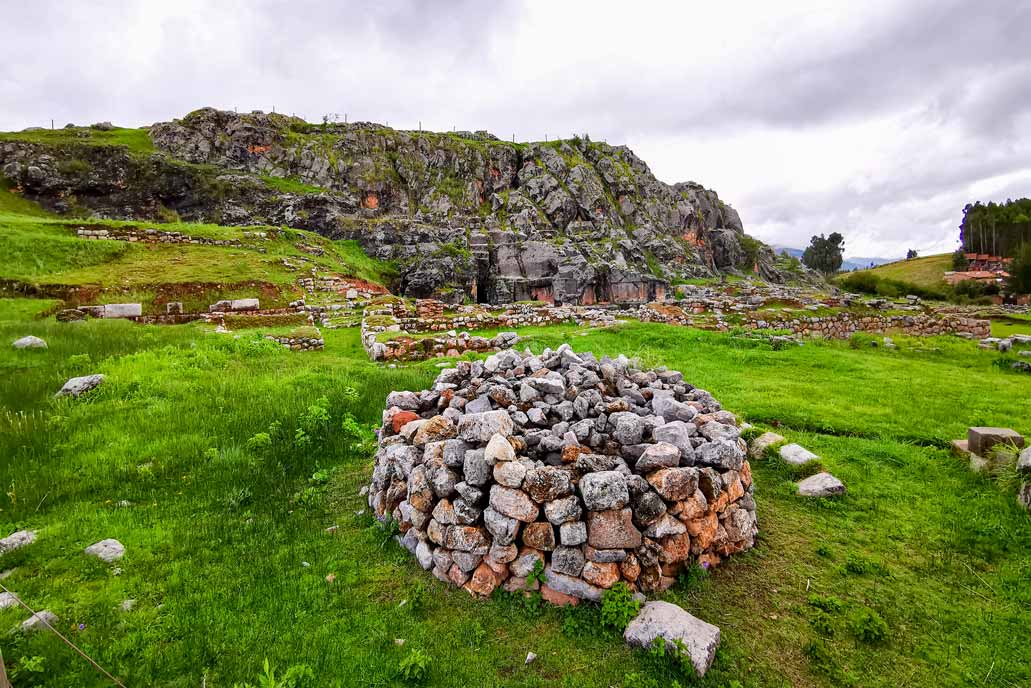The 7 most mystical destinations in Cusco
Cusco, the ancient capital of the Inca empire, is a territory full of history, mystery and spirituality. Many of its archaeological sites were not only administrative or military centers, but also places of worship to the Andean gods, where the Incas performed ceremonies to connect with the mystical. Today, travelers from all over the world visit these sites not only for their historical importance, but also for the energy that still emanates from them. Some are spiritual portals, others are aligned with astronomical events, and several have been used by shamans and healers to perform ancestral rituals. Join us to explore the 7 most mystical destinations in Cusco.
Content
Mystical tours of Cusco: While Cusco is known for its impressive ancestral architecture, these places also have magic that leads visitors to be impressed not only by the landscapes and infrastructure, but also by the energy it holds. Epicenters of rituals and veneration in ancient times, these places today are visited as part of a spiritual journey, where people can perform meditations, make payments to the earth, pray or simply approach to feel how the energy surrounds you. We recommend you to visit most of these places to be able to admire how each one impregnates you with a different energy, revitalizing you, giving you peace and connecting you to the past and the Inca mystic legacy.
Ñaupa Iglesia
Ñaupa Iglesia is one of the most enigmatic structures in Cusco. It is a sanctuary carved into the rock inside a cave, featuring a doorway with a finely sculpted stone frame, as well as mysterious altars and niches. It is believed to have been a center for Inca ceremonies, but evidence suggests that earlier cultures also worshiped at this site.
- Location: In the Sacred Valley of the Incas, near Ollantaytambo, approximately 1 hour and 30 minutes from Cusco.
- Mysticism: The structure of Ñaupa Iglesia’s doorway has led some researchers to suggest that it may have been an “interdimensional portal” in the Andean worldview. Additionally, visitors often feel a strong energy upon arrival, and some claim to have had intense spiritual experiences while meditating here.
- Recommendation: For a more mystical experience, it is suggested to visit Ñaupa Iglesia at sunrise or sunset, when the sunlight covers the stone portal and enhances the mystical sensation.
- How to get there: From Cusco, take transportation to Ollantaytambo (1h 30 min) and get off at the Pachar sector. From there, walk approximately 20 minutes to the cave.
Sacsayhuaman
Sacsayhuamán is a place imbued with mysticism and ancestral energy, where colossal stones seem to defy time and logic, suggesting an advanced and sacred Inca knowledge. This site, which was a ceremonial center dedicated to the worship of the Sun and the stars, emanates a magical atmosphere. Many visitors feel a deep connection with Pachamama (Mother Earth) and perceive special vibrations, especially during Inti Raymi, when the winter solstice revives Inca rituals, transforming the site into a portal between past and present, inviting reflection and a connection with the divine.
- Location: On the outskirts of Cusco, about 10 minutes by car from the Plaza de Armas.
- Mysticism: The precision with which the stones were assembled and the site’s magnitude have led to many theories about its construction, some even suggesting that it was built using advanced knowledge lost in history. Sacsayhuamán is said to be an energy power spot, as many people feel vibrations while walking among its walls.
- Recommendation: The best way to connect with the site is to visit in the morning when the tranquility allows for a better perception of its energy. It is also ideal to be there during Inti Raymi, when ancient ceremonies are reenacted.
- How to get there: You can walk from downtown Cusco (approximately 30 minutes) or take a taxi (10 minutes).
Inti Punku
Inti Punku, which in Quechua means “Sun Gate,” is one of the most enigmatic Inca constructions in the Sacred Valley. It stands imposingly atop the heights of Ollantaytambo and is believed to have functioned as a checkpoint and sacred portal. Its strategic location suggests it was a place of surveillance and a ceremonial entrance, where travelers had to pay tribute to the sun before entering the heart of the empire. Additionally, it is believed that the Incas used this site for astronomical observations, as during the solstices, the sun’s rays perfectly pass through the gate.
- Location: At the top of a mountain, 3,900 meters (12,795 feet) above sea level, about a 3-hour hike from Ollantaytambo.
- Mysticism: The Inti Punku of Ollantaytambo is not only a viewpoint with an impressive view of Mount Veronica, but it is also considered a place of great spiritual energy. This portal is said to symbolize the transition between the earthly world and the spiritual world, where the Incas would ask permission from the Apus (mountain spirits) before continuing their journey. Additionally, the site remains far from the heavy tourist flow, making it a perfect place for meditation and introspection.
- Recommendations: The hike is demanding, so it is advisable to start early in the morning to avoid the heat and have enough time to descend before dark.
- How to get there:
- From Cusco, take a bus or colectivo to Ollantaytambo (1h 30 min).
- From Ollantaytambo’s main square, walk towards the trailhead in the Cachicata sector. The hike takes approximately 3 hours uphill along an ancient Inca path.
- At the top, you will find the imposing stone structure of Inti Punku and a panoramic view of the Sacred Valley and Mount Veronica.
Machu Picchu
Machu Picchu is the face of the history of the Inca Empire and one of the most mystical places in the world. It is believed to have been a ceremonial, astronomical, and religious center where Inca priests performed rituals in honor of the Sun and nature. Its location creates a deep connection with the energy of the Pachamama (Mother Earth) and the mystical, making it an ideal place for meditation and introspection. For spiritual seekers, Machu Picchu is a portal to the divine, a place where time stands still, and the spirit rises, inviting one to reconnect with ancient wisdom and the mystery of existence.
- Location: In the province of Urubamba, Machu Picchu district, Cusco.
- Mysticism: The citadel is surrounded by sacred mountains (Apus), which the Incas considered spiritual protectors. Additionally, its constructions are aligned with key astronomical events, such as equinoxes and solstices.
- Recommendation: For a more mystical experience, it is recommended to climb Huayna Picchu or Machu Picchu Mountain, where the panoramic view allows for a deeper connection with the surroundings.
- How to get there: From Cusco, take a train to Aguas Calientes (3-4 hours), then ascend by bus (30 minutes) or on foot (1h 30 min) to the citadel.
Quillarumiyoc
Quillarumiyoc is a little-known but deeply mystical archaeological site that stands out for its connection to the Moon and the agricultural cycles of the Incas. Its name in Quechua means “stone of the Moon,” and the site is famous for its impressive carved rock with engravings representing the lunar goddess, a symbol of fertility, femininity, and protection. This sanctuary, surrounded by a serene and mountainous landscape, emanates a tranquil and sacred energy, ideal for meditation and spiritual connection.
- Location: 50 km from Cusco, in the district of Ancahuasi.
- Mysticism: It is believed that Quillarumiyoc was a ceremonial center where the Incas performed rituals to honor the Moon and ensure good harvests, as well as to balance the masculine and feminine energies of the cosmos. It is a mystical destination that invites visitors to explore the mysteries of the Inca worldview and reconnect with Incan wisdom.
- Recommendation: Visit during a full moon night to experience its magic at its peak.
- How to get there: From Cusco, take a bus towards Limatambo and get off at Ancahuasi (1h 30 min). From there, walk 15 minutes to reach the Quillarumiyoc archaeological site.
Choquequirao
Choquequirao is an impressive Inca archaeological site located between two vastly different worlds: the Andes and the Peruvian Amazon, surrounded by majestic mountains and vegetation-covered canyons. This remote complex, whose name in Quechua means “cradle of gold,” is considered a place of great mysticism and spiritual energy, as it is believed to have been an important ceremonial and religious center. The journey to Choquequirao, which involves a demanding hike through steep trails and breathtaking landscapes, becomes an experience of purification and connection with Pachamama (Mother Earth).
- Location: Province of La Convención, accessible after a 2-day hike from Cachora.
- Mysticism: Its isolation and the low number of visitors make Choquequirao a perfect place for an intimate connection with Andean history and spirituality, exploring the mysteries of a civilization that revered the balance between the sky, the earth, and humanity.
- Recommendation: Ideal for travelers seeking a mystical experience without the crowds of Machu Picchu.
- How to get there:
- Take a bus from Cusco to Abancay (4 hours), then a taxi or shared transport to Cachora (1 hour).
- Hike from Cachora to Choquequirao (4 days round trip).
- Day 1: Cachora – Capuliyoc Viewpoint – Playa Rosalina (20 km, 6-7 hours). Begins with panoramic views followed by a steep descent to the Apurímac River.
- Day 2: Playa Rosalina – Marampata – Choquequirao (12 km, 7-8 hours). A challenging ascent to Marampata, followed by a gentler stretch to the archaeological complex.
- Day 3: Exploration of Choquequirao, a vast site requiring time to explore its plazas, terraces, and temples.
- Day 4: Return via the same route to Cachora, then back to Cusco.
Temple of the Moon in Cusco
This natural sanctuary, carved into a massive rock formation, is known for its deep sense of connection with the divine and the ancestral. It is believed that the Temple of the Moon was a ceremonial space dedicated to Mama Quilla, the Inca goddess of the Moon, a symbol of fertility, femininity, and protection. The shapes of the rocks, including carved altars and niches, suggest that this place was used for purification rituals, offerings, and meditation.
- Location: Near Sacsayhuamán, about a 20-minute walk.
- Mysticism: The energy felt at the Temple of the Moon is both intense and serene, making it ideal for introspection and connection with cosmic forces. Many visitors describe a sense of peace and reverence when exploring this site, especially during full moon nights, when the silver light illuminates the rocks, creating a magical atmosphere. The Temple of the Moon is a mystical destination that invites visitors to reconnect with ancestral wisdom, honor the cycles of nature, and explore the mysteries of Inca spirituality.
- How to get there: From Cusco, walk 30 minutes from the San Blas neighborhood or take a taxi to the archaeological zone.
- Recommendation: Take advantage of the site’s tranquility for meditation and connection rituals.
By Machupicchu Terra – Last updated, February 19, 2025
